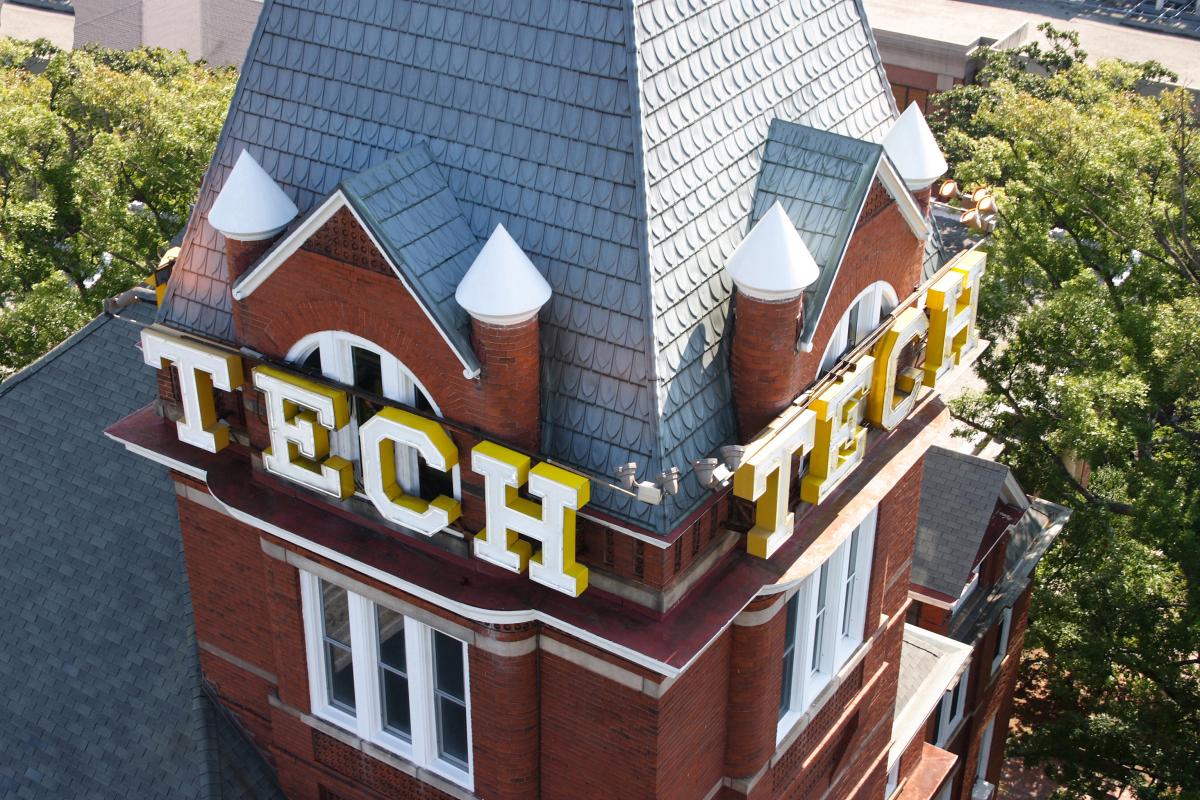
Its recent sampling of Martian soil could give clues into the planet’s ability to sustain life. But it took years of work to get to this point. Before Curiosity began its explorations, the scientists and engineers behind it faced a more basic challenge: How do you land the thing on Mars in the first place?
That’s what Miguel San Martin, a key team member in the design of Curiosity's entry, descent and landing (EDL) system, recently discussed at Georgia Tech. He spoke in an aerospace engineering class, where he recounted his experiences with Curiosity and other rovers.
San Martin served as guidance, navigation, and control chief engineer for the Mars Science Laboratory. With photos and charts, he explained that the EDL systems used by previous Mars vehicles were inadequate for Curiosity.
“The first challenge,” he said, “is simply landing a very large rover.”
At about one ton, Curiosity is the size of a car. Airbags, like the ones that couched the Spirit rover in 2004, would be unfeasible for Curiosity’s girth. Additional challenges hid in Mars’ rocks and slopes, which can cause damage in a legged landing.
That’s where the Sky Crane EDL system comes in.
“This is the ‘a-ha’ moment,” San Martin, who was one of the Sky Crane’s co-architects, told the audience.
By mixing elements of various landing systems, the Sky Crane was equipped to take on Mars’ topographical obstacles. Using this method, Curiosity could be lowered to the planet’s surface for a “soft landing.”
That landing, on Aug. 6, was flawless.
San Martin, who was raised in Argentina, was also the guidance, navigation, and control subsystem chief engineer for the Pathfinder, Spirit and Opportunity missions to Mars. Although technologies have changed over the years, San Martin still feels the same passion for his job.
He showed the audience a photograph of Curiosity on Mars, in which it cast a shadow on the planet’s otherwise lonely surface.
“When these pictures arrive after all that work,” he said, “it’s always a really emotional moment.”
